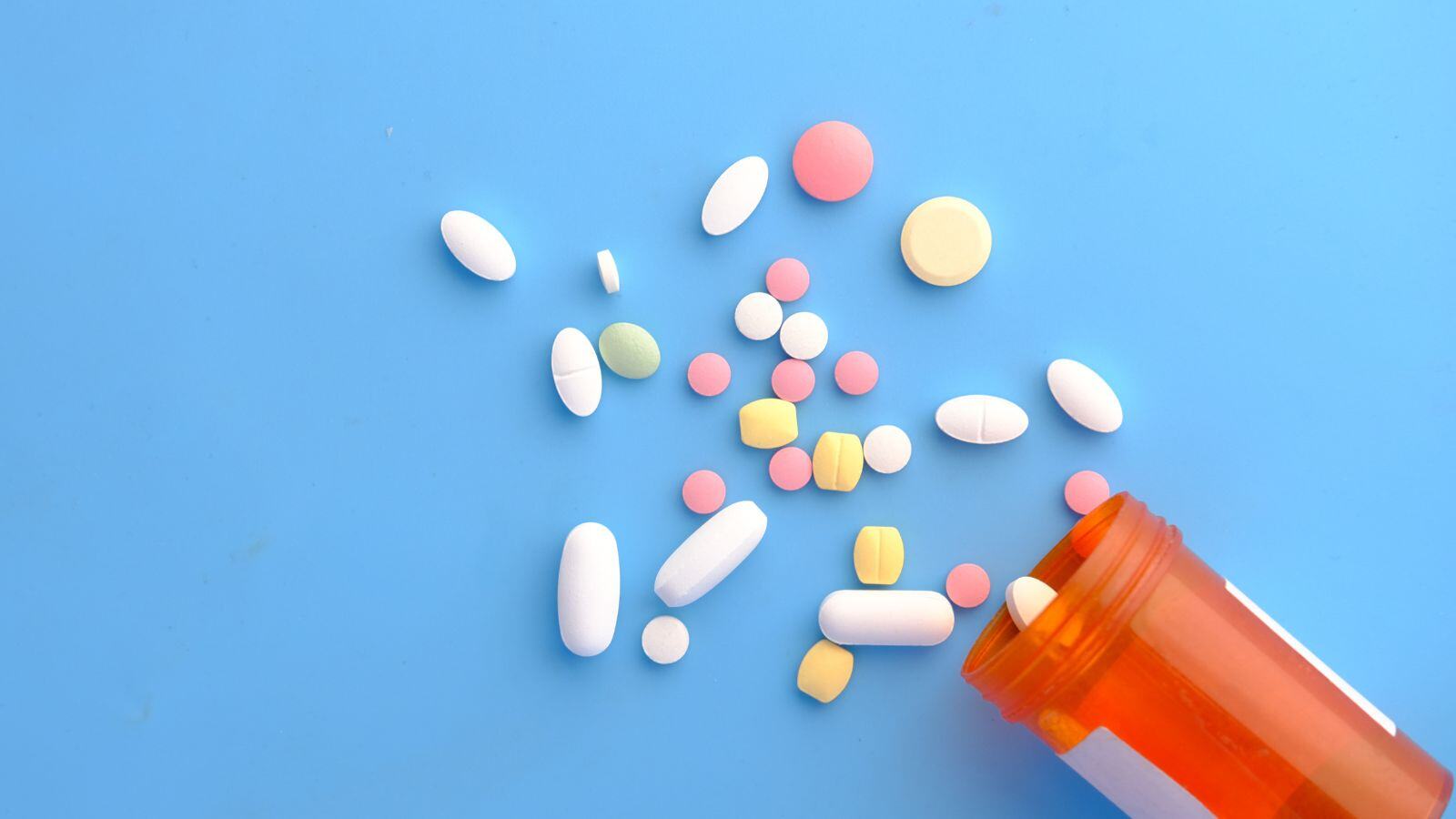Stability testing serves as the backbone of regulatory compliance for pharmaceutical companies, providing crucial insights into the durability and integrity of your products over time.
As these samples undergo years of meticulous scrutiny within controlled environments, such as climate or stability chambers, the generated data becomes an indispensable component of the regulatory dossier.
Among the critical equipment employed in this process, stability cabinets take center stage, bearing the responsibility of maintaining precise temperature and humidity conditions.
In adhering to the stringent requirements of Good Manufacturing Practices (GMP), pharmaceutical companies must design their climate chambers with uncompromising precision.
In this blog post, we delve into the world of GMP-compliant design for climate chambers, exploring the vital role they play in the stability testing of pharmaceutical products.
GMP requirements for stability cabinets
Regulatory bodies require that stability facilities have to meet the following GMP criteria:
- Proper documentation, including SOPs and periodical reports
- Logbooks for the cabinets must be available
- Access control to the stability chambers must be limited to trained staff
- Cabinets have to be qualified, including mapping of the cabinet
- Shelving must provide orderly storage and exposure to the controlled environment
- Acceptable monitoring equipment with alarms
- Continuous recording of data and full traceability
- Corrective action taken when stability factors go outside the specifications
Design and validation of stability cabinets
stable value of relative humidity will also be maintained.
Relative humidity is the ratio of how much water the air contains. With an increase in the existing temperature, the amount of water that air can hold increases which leads to the corresponding decrease in the relative humidity. This is how both the parameters are adjusted simultaneously and are interconnected.
Under Guideline ICH Q1A, the maximum deviation for relative humidity is ± 5%, for temperature ± 2°C. The reliability of these stability cabinets, especially with regard to long-term stability precision must be guaranteed at all times.
To ensure ease of airflow and prevent cold spots, the use of perforated shelving is recommended. By spacing products, and storing all your samples on shelving and not on the ground you will avoid blocking any air vents or ducts.
Chambers must be qualified at three stages before being used to conduct stability testing:
-
IQ (installation),
-
OQ (operation),
-
and PQ (performance).
Mapping is an essential part of qualification. The purpose of this study is to assure that temperature and humidity are evenly distributed inside the chamber and that the established acceptance criteria are met at any point in the chamber.
Additional tests during qualification may be required, such as a Door Open test where the door is opened for a short time period and it is recorded how long it takes all probes to come back into specification limits.
Another optional test is a power failure test. This records how long it takes for the chamber to drift out of specification after a power failure. Requalification is generally done on an annual basis, using the same sensor location and for the same time. You can use the same protocol or an SOP describing the method for mapping.
After each prequalification, it is recommended to compare the results with the previous qualifications to see if the chamber is maintaining its performance.
Alarm monitoring of stability cabinets
To ensure that the test conditions are maintained, the climate chamber must be connected to an alarm system. Alarms via emails or text messages are triggered if monitored values go outside a predefined value. When a chamber is out of tolerance, investigations must be performed to identify the cause of the issue, determine the impact on stored samples and minimize downtime.
To manage any incidents, it is recommended to:
- build a clear process around reacting to any incidents including responsibilities and key contacts
- create a small set list of people who will be sent a notification by text and email to manage any issues
Remote access is another feature that can prove extremely useful for monitoring. If a chamber provides an alarm or alert to the user, being able to access the CMS system remotely can speed up reaction times.
In addition to monitoring samples, another goal of stability monitoring is to predict serious issues, such as system failures, before they occur. The alert limits should be set to allow preventive actions to be completed prior to an excursion occurring.
Conclusion: ensure product integrity through GMP-compliant design
In the pursuit of stability and reliability, the GMP-compliant design of climate chambers stands as a cornerstone in the pharmaceutical industry. It empowers companies to meet regulatory requirements, generate accurate data for the regulatory dossier, and ultimately ensure the safety and efficacy of their pharmaceutical products. So ensure regulatory compliance and product integrity through GMP-compliant design.
Need assistance with stability testing?
Quercus Laboratories is a member of the QbD Group and is a trusted GMP Laboratory that supports the pharmaceutical industry with a wide range of QC testing services. We offer a complete service from chemical and microbiological QC testing of raw materials and finished drug products.
Our capabilities include:
Analytical Method Validation – Batch release – EU Import services – Tech transfers of analytical methods – Batch Testing and Certificate of Analysis – Manufacturing plant certification for EU-GMP compliance – Documentary review – Batch Certificate for release – QP Back-Up Services – Additional stability studies – Secure storage of retention samples – MA holder – Regulatory affairs support: CTD dossier writing and marketing authorization application (CP/DCP/MRP/NP)







.png?width=109&height=108&name=Pharma%20(2).png)
.png?width=111&height=108&name=Medical%20Devices%20(2).png)
.png?width=84&height=107&name=IVD%20(2).png)





